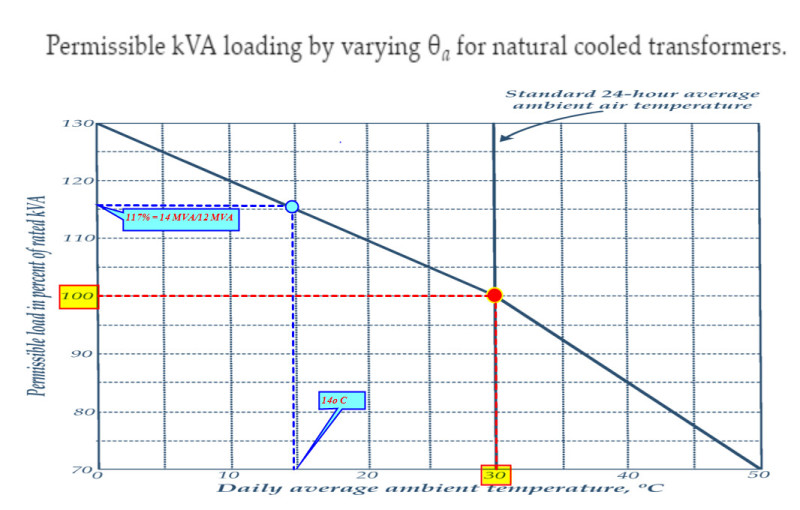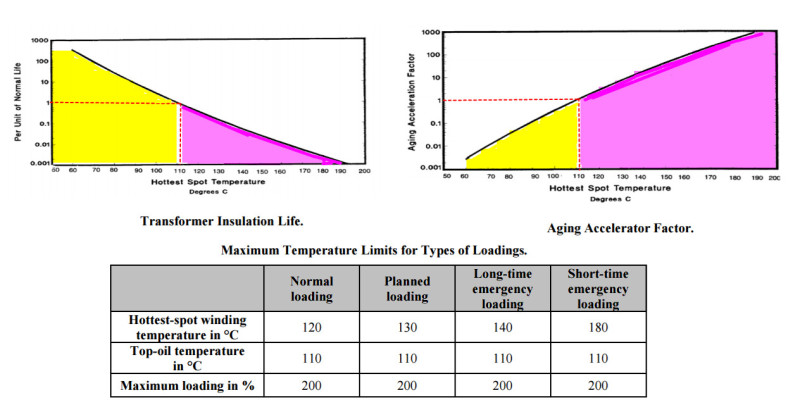kookypedia
Electrical
Guys,
I have a main transformer with the rating of 12/16/20MVA (KNAN/KNAF1/KNAF2).
My final load list shows 14MVA now. I know this transformer can handle that but how bad is to have normal running loads more than the base rating of transformer? (in my case 14MVA which is more than 12MVA)
Should I change the transformer size now?
An investment in knowledge pays the best interest (Benjamin Franklin).
I have a main transformer with the rating of 12/16/20MVA (KNAN/KNAF1/KNAF2).
My final load list shows 14MVA now. I know this transformer can handle that but how bad is to have normal running loads more than the base rating of transformer? (in my case 14MVA which is more than 12MVA)
Should I change the transformer size now?
An investment in knowledge pays the best interest (Benjamin Franklin).


